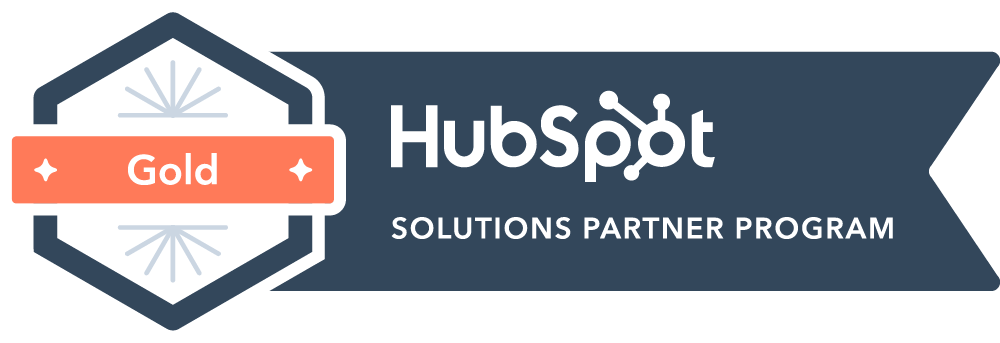Storytelling: The 21st Century Vulcan Mind Meld
Table of contents
As public relations practitioners, we work with storytelling every day: pitching stories to reporters; learning about stories in the media; trying to take information our clients give us and turn it into stories that will resonate with the right audiences.

And then there’s content, something that has become as pervasive these days as the types of digital devices it runs on. Our content must be better than your content to rise about the content clutter.
So, what is the common thread that runs through a popular children’s story, a successful public relations story pitch, and a piece of content that rises above the rest to tell a story? What makes a good story, good?
Good stories don’t try to sell. Instead, they engage an audience rather than manipulate it.
About this idea of “engaging” an audience—There is a physiological effect on the human brain when listening to a story. Just ask researchers such as Princeton University Neuroscientist Uri Hassan.
Consider this: If we are simply listening to a standard PowerPoint presentation during a business meeting, certain parts of the brain become activated. The presentation impacts the brain’s language processing centers that decode words into meaning. When we hear a story though, things change dramatically. In addition to just impacting the language processing parts of the brain, any other area of the brain that we use when experiencing the events of the story are turned on as well.
For example, if you were listening to a story on nutrition and how truly flavorful fresh fruits and vegetables are compared to their canned or frozen counterparts, the sensory cortex of the brain becomes activated. Or, if learning how one’s finger feels after being pricked by a needle during a blood draw, the motor cortex is activated. And so on.
Most importantly, when we tell stories to others, the brain of the person telling the story and the brain of the person listening to it can synchronize as well. Perhaps this can be interpreted as “engaging” or “resonating” with your audience.
Researchers explain that the reason why a story has such a profound impact on our learning is because, simply put, humans are wired that way. A story, if broken down into the simplest form, is a connection of cause and effect. Says Hassan: a story is the only way to activate parts of the brain so that the listener adopts the story into their own experience and idea. From a PR and marketing perspective, this can have a significant impact on how a brand or product appeals to its audience.
So – whether you are trying to reach a Healthcare IT user or any other audience, remember:
- Tell stories that are persuasive
- Add credibility to stories by quoting industry thought leaders or subject matter experts
- Don’t try to sell or manipulate
- Use anecdotes
- Keep it simple!
And, as Hassan says, “make communication a dialogue rather than a one-way stream of information.”
KNBeings are the team members behind KNB Communications. KNB Communications is a top 10 health tech marketing and PR agency specializing in healthcare, biotech, and life sciences.
Search




.svg)
.svg)



-3.png?width=352&name=KNB%20blog%20images%20(3)-3.png)
